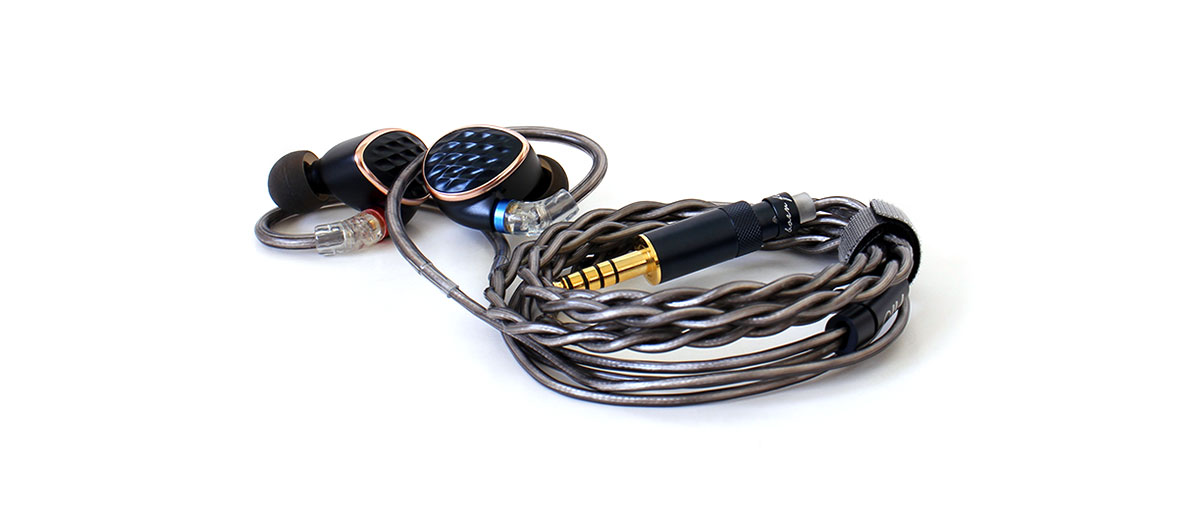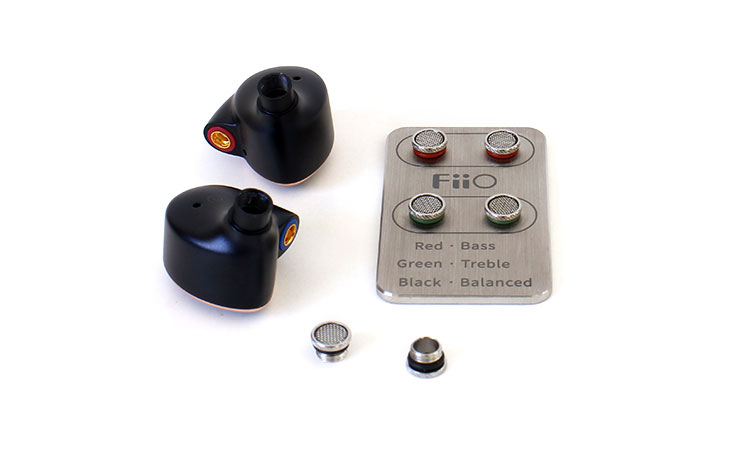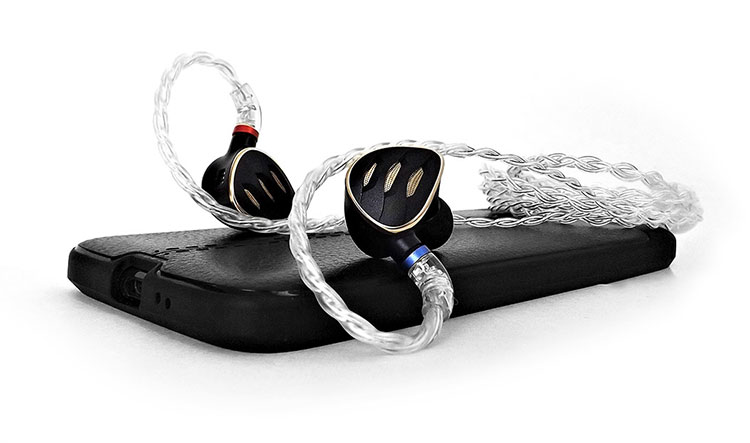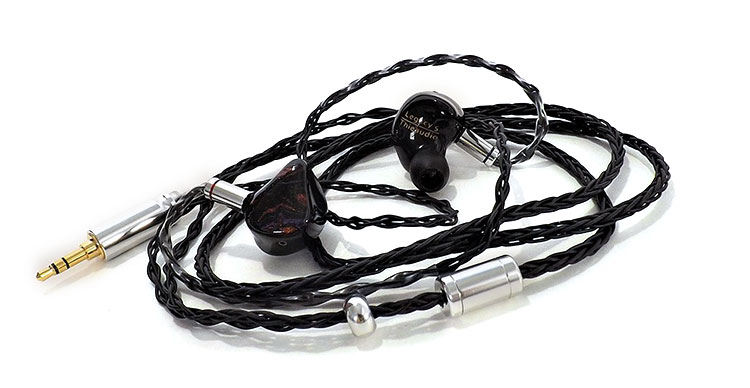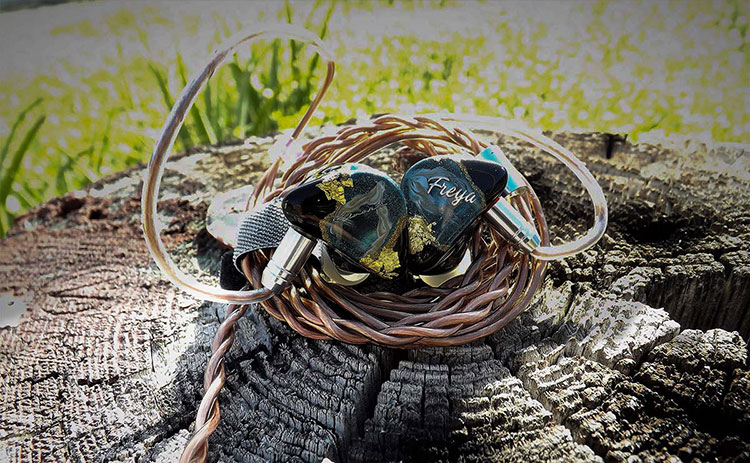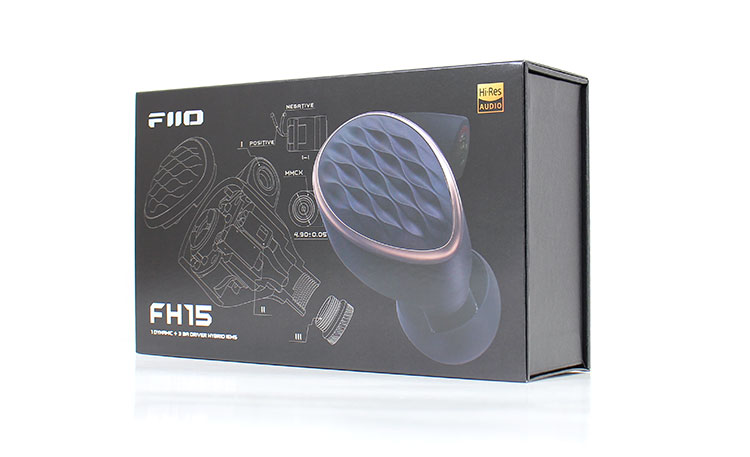Synergy
Filters
FiiO includes 3 sets of filters that change the overall sound signature. They include one that’s labeled enhanced bass which has a red band. One is labeled exquisite treble and has a green band. The treble filter should have received the red band cause Yea, hot stuff.
But the one that comes pre-installed is labeled as a balanced sound filter and this one has a black band. I used this one through the listening evaluation and they will probably stay on for good since they sounded best to me.
There were subtle changes to the high frequencies but it was just more forwardness in particular with the green filters. The bass response doesn’t increase when you use the red filters much, there’s just a quelling of high frequencies that gives off the impression of more bass.
However, there’s one trait no one mentions about these removable filters and it’s that gone are the days of clogged crusty nozzles since these can easily be removed, brushed off with some alcohol, dried off, and reinstalled. Hygiene-demanding audiophiles rejoice.
Efficiency
At 16Ω and with a sensitivity rating of 112 dB @1kHz SPL the FH15 is certainly efficient enough to run off a mobile device if it has a 3.5mm jack. If not, a dongle DAC will do just fine. You don’t have to go balanced either unless you are obsessed with crosstalk performance.
My Motorola smartphone powered them up well but of course, some nuances and delicateness were lost along with some of the soundstage which is not all that large, to begin with.
You don’t need mega power with these. But that doesn’t mean you can’t use a powerful amp. Just don’t expect much upscaling. Long as you feed them clean power with a good source they will sing well for you.
Pairings
There are four years of research and development along with tuning implementations within the FiiO FH15. So it’s safe to say that combining this IEM with another component that just doesn’t pair well with the FH15 would be almost difficult to find.
I used FiiO components like the KA3 and even the KA1 with good results. I also paired the iFi Audio ZEN DAC plus the xDSD Gryphon and again, they paired well. I like the Xbass applied to the FH15, It adds some welcomed fun factor.
Select Comparisons
FiiO FH5s
$259.99
Technical
The FiiO FH5s is a similarly equipped IEM but with a couple of twists. They share a 4-driver similarity but the FH5s uses two dynamic drivers along with two Balanced Armatures instead. They still share a similar three-way crossover implementation.
That along with a DIP switch system that alters the overall tonality makes them a rather different enough offering to contrast the FH15. The DIP switches in this case replace the removable filters.
I like the driver array of the FH5s over the FH15 up to the high-frequency units. The bass driver steps up to a larger 12mm dynamic with a 1.5 Tesla magnet while another 6mm dynamic handles the midrange.
I like the idea of using two dynamic drivers for bass and midrange production. However, the FH5s use the off-the-shelf 30017 BA for the upper frequencies and I do prefer the custom RAD drivers over the 30017.
Design
With an open-back design contrasting the conventional back-plated equipped FH15, the FH5s shell shares the tri-shell design. It even shares a similar gold-plated centerpiece. Both IEMs are comfortable but the FH15 design edges out the FH5s in that department by a small margin.
One apparent factor that might tilt the scale is the higher count of accessories that come with the FH5s. Not only do you get a nicer storage case but you get 3 connectivity tips instead of two. You also get a tool to flip the DIP switches.
Performance
If you start with the low end perhaps you’ll prefer the deeper reaching and more impactful 12mm driver on the FH5s but the FH15 has a more refined tonality and better control.
The midrange seems similar in tonality and realism but the high frequencies can get sibilant and harsh on the FH5s due to those 30017 BA drivers which some claim are hard to tune and certainly the Knowles RAD 33518 dual drivers sound more refined to me.
But if you prefer a larger soundstage perhaps at moderate volume the FH15 would be preferable long as you keep those 30017s controlled. The FH5s do have better depth and height plus have a larger overall sounding panorama.
Thieaudio Legacy 5
$249.00
Technical
The ThieAudio Legacy 5 employs what I consider a more conventional design that uses resins, a universal fit mold, and a seamless design instead of a 3-piece metal shell which is either vented or sealed.
Driver configuration? Why of course the ThieAudio Legacy 5 uses Sonion tweeters. ThieAudio and Sonion tweeters seem synonymous nowadays since they use them in almost every IEM. Their use is referred to by them as ultra treble unlocking.
There’s a curve ball effect once you delve deeper into the legacy 5’s driver array particularly when you find out that they employ Bellsing Balanced Armatures for the midrange section. I was expecting the usual suspect, Knowles.
The other accomplice is a 10mm nanomembrane dynamic driver that crosses over at a rather low point to keep the bass isolated from the midrange.
Design
Besides the conventional resin shell one observation that will quickly hit you is the lack of accessories compared to what the FiiO variants offer.
You do get a fairly nice cable assembly but you don’t get the multiple connectivity options and are restricted to using the sole 3.5mm connection. The Legacy 5 uses a dual pin .78mm connection so there’s always the option of going aftermarket for a better-accessorized cable assembly.
You do get a rather nice storage case but not much else. The included tip count is very low and you only get 4 sets in total.
One of my gripes with the legacy 5 is not only the low count of tips but if you look at the mounting stem there’s no lip or anything else for the tip to hold on to and this increases the chances of a tip remaining inside the ear canal when you remove an IEM.
Performance
ThieAudio likes to tune its IEMs with musicality over sterility and analytics. But in light of that, for some reason I find the bass response of the Legacy 5 to be south of what I like and always reach for a bass boost or some equalization to bring me closer to a more likable signature.
The ThieAudio Legacy 5 seems to have a lower-reaching bottom end but you have to provoke them for them to show off that trait. However, don’t provoke the tweeters too much because, unlike the bass driver which likes a boost, the treble can become too intense and contrary, needs to be tamed.
When it comes to soundstage, the ThieAudio Legacy 5 seems to be more omnipresent but lacks height above all, Get it?
Kinera Freya
$249.00
Technical
To continue this hybrid IEM battle, the four-driver Kinera Freya should be thrown into the fighting pit since it has a similar bottom line to the FH15 and a similar driver count.
The Freya and FH15 driver configuration consists of a 7mm micro dynamic driver along with two Knowles BA drivers reproducing the midrange. Where they went the extra mile was with the use of a custom-made treble BA driver because they were unable to find what they were looking for amongst prefabricated parts.
Design
The Freya is another conventionally designed IEM except for the hand-painted end caps which means that each set is a handcrafted unique piece that raises the artistic value.
Connectivity is done via flush-mounted 0.78mm pins and the cable assembly is composed of a twisted set of OFC multistrand cables. Connectivity is lacking in one aspect and not in another. All you get is a 3.5mm connection along with a 6.35mm adapter but you do get a Lightning to 3.5mm dongle and a USB-C variant as well.
You get a small number of tips inside the hexagon-shaped box, there are only 3 sets. You also get a hockey puck-style carrying case with a rather fancy laminate.
Performance
The Kinera Freya is another balanced-sounding IEM that caters more to midrange production over impactfulness and fun factor.
Bass response falls below 30Hz rather sharply which gives the bass a lean character compared to the fullness of the FH15 bass response. The midrange is smooth and neutral except for an apparent peak around 2kHz that pushes the midrange forward at times.
The high frequencies are sharp and well-defined but tend to produce hissing with amplification on high gain and need to be run off a low gain setting. That’s not so with the FH15.
Our Verdict
FiiO has another winner here that offers lots of innovation and tech for the money but they sit within a price bracket that is competitive and vastly so. Even some of FiiO’s own IEMs can compete well against the FH15.
So FiiO needs to tread water because these can get lost within the market and the fact that FiiO itself has dozens of models to choose from could burry the FH15 even further when in actuality the FH15 could be one of the best in its price class.
So don’t overlook these when you decide to pull the trigger to buy some similarly priced IEMs.These should be up on your top 5 list and considering all the patented designs and award-winning tech then that might push them into the spotlight more so.
FiiO FH15 Technical Specifications
- Drivers: 1DD 3BA
- Frequency Response: 10Hz to 40kHz
- Impedance: 16Ω @1kHz
- Sensitivity: 112db/mW @1kHz
- Audio Plugs: 3.5mm / 4.4mm
- Earphone Connection: Expanded MMCX
- Cable: 152-strand total high purity silver plated Monocrystalline copper
- Cable length: About 1.2mm
- Unit weight: About 6.6g excluding cable

